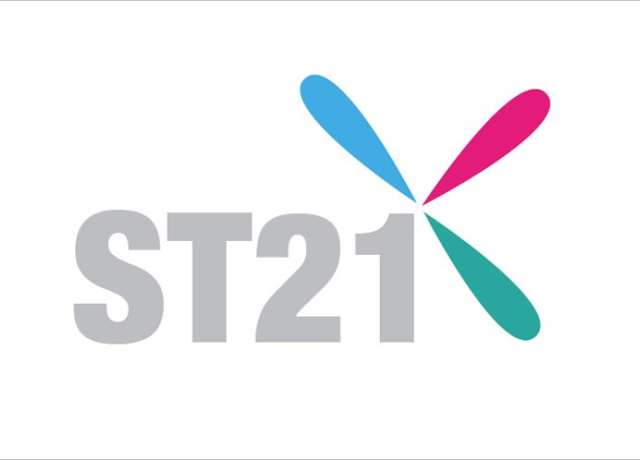Strategy 21 - Towards Inclusive Heritage Management
Strategy 21 - Towards Inclusive Heritage Management
Alongside European Heritage Days, the Council of Europe is involved in a broad range of heritage initiatives, working where possible with the European Commission and other international partner institutions and organisations.
Strategy 21 was adopted by the Committee of Ministers of the States parties to the European Cultural Convention and launched in April 2017 in Cyprus. Created as an answer to societal, development and knowledge challenges resulting from the changes in socio-economic and cultural environment, the Strategy acknowledges the need for a redefined approach to cultural heritage, and the way we understand, interact with and promote it. To address the challenges in the three components presented, the Strategy provides a total of 32 recommendations which serve to instruct policymakers, stakeholders and citizens on how to manage cultural heritage in line with the three priority components:
-
The promotion of social participation and good governance;
-
Territorial and economic sustainable development;
-
Increase in knowledge and education through research and training.
Stakeholders of Council of Europe member states provided some of the examples of best practices which demonstrate recommendations in action. Some of the initiatives representative of the Strategy’s mission include:
Cultural Heritage Makers in Finland – The initiative started as a competition for children and young people at the European Heritage Days in Finland. In 2018 it reached a European dimension becoming the European Heritage Makers Week – a competition aimed at young people across Europe to explore their immediate cultural environment within European context. The initiative tackles the K2 recommendation for Knowledge section, which encourages applying methods that inspire young people to become actively engaged in heritage actions.
.jpg)
Ancient cultural and communication complex Serdica in Bulgaria – The development of the ancient archaeological complex Serdica connects the historical dimension of the site with the modern context by designing two sections of the cultural monument. The upper area was designed for hosting cultural events, while the underground area serves for archaeological exhibitions. The initiative serves as one of the best practices example for the Strategy 21 implementation as it relates to the D9 recommendation which suggest using innovative techniques to introduce the public to cultural heritage while safeguarding its authenticity.
Borderline, the frontiers of peace in France – The project “BORDERLINE, the frontiers of peace” by photographer Valerio Vincenzo which captures his 10-year exploration of the Schengen area’s disappearing borders through photography serve to inspire international and cross-generational dialogues of peace and freedom of movement. The project is listed as one of the Strategy 21 good practices as it relates to the S3 recommendation which implies using heritage as a means to uphold and support the fundamental values of Europe and European society.
“The golden collection” of good practices related to Strategy 21
The Strategy 21 plan for 2019 is to gather 32 best examples of good practices to be published as a part of “The golden collection” of good practices related to Strategy 21. Organised by the French Chairmanship of the Committee of Ministers of the Council of Europe, together with the French partners in the Ministry of Culture, the publication will be presented at the CDCPP Plenary on 12-14 June 2019, at the Council of Europe headquarters in Strasbourg.
The application form on the Strategy 21 website is open to initiatives across Europe which meet the criteria for good practices. The initiatives relevant for the selection should make a difference in the way they address democracy in the society today with reference to contemporary challenges. The proposed initiatives should provide detailed descriptions highlighting the need for innovative approach, as well as obstacles encountered and lessons learned throughout the project implementation.
The 32 examples of good practices will be selected for the publication, while the rest of the approved entries will be published on the Strategy 21 website and promoted across CDCPP/Observer/Professional channels.
Examples of good practices will serve to sustain efforts towards creation of a unified approach which will direct national policies that underpin heritage protection in the context of the changing needs of society.
